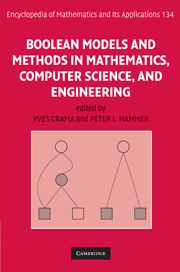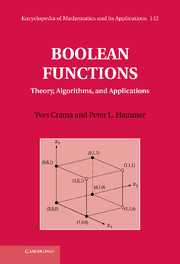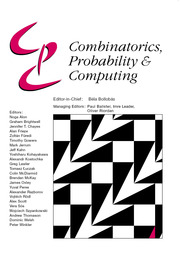A First Course in Combinatorial Optimization
A First Course in Combinatorial Optimization is a text for a one-semester introductory graduate-level course for students of operations research, mathematics, and computer science. It is a self-contained treatment of the subject, requiring only some mathematical maturity. Topics include: linear and integer programming, polytopes, matroids and matroid optimization, shortest paths, and network flows. Central to the exposition is the polyhedral viewpoint, which is the key principle underlying the successful integer-programming approach to combinatorial-optimization problems. Another key unifying topic is matroids. The author does not dwell on data structures and implementation details, preferring to focus on the key mathematical ideas that lead to useful models and algorithms. Problems and exercises are included throughout as well as references for further study.
- Self contained (includes all linear-programming preliminaries)
- Aimed as a one-semester textbook (not a research monograph)
- Problems and exercises interspersed in the exposition, making the text a 'workbook' for the student
Reviews & endorsements
"Lee strikes a perfect balance between the specific and the general, between the concrete and the abstract."
CHOICE
The author, with his light but rigorous mathematical writing style, takes delight in revealing the stars of combinatorial optimization. This is an excellent teaching book; I recommend it highly.
International Statistical Institute
"The book is attractively laid out on the page and there are lots of good diagrams. Algorithms are separated visually in special boxes and are easy to track down. There are plenty of problems (short proofs) and exercises (calculations) and they are well integrated with the text."
MAA Reviews, Bill Satzer
"Jon Lee's A First Course in Combinatorial Optimization is a brilliant introduction to the topic." - Ryan B. Hayward, University of Alberta
Product details
February 2004Paperback
9780521010122
228 pages
229 × 152 × 17 mm
0.312kg
Available
Table of Contents
- Introduction
- Polytopes and linear programming
- 1. Matroids and the greedy algorithm
- 2. Minimum-weight dipaths
- 3. Matroid intersection
- 4. Matching
- 5. Flows and cuts
- 6. Cutting planes
- 7. Branch-&-bound
- 8. Optimizing submodular functions
- Appendix.








